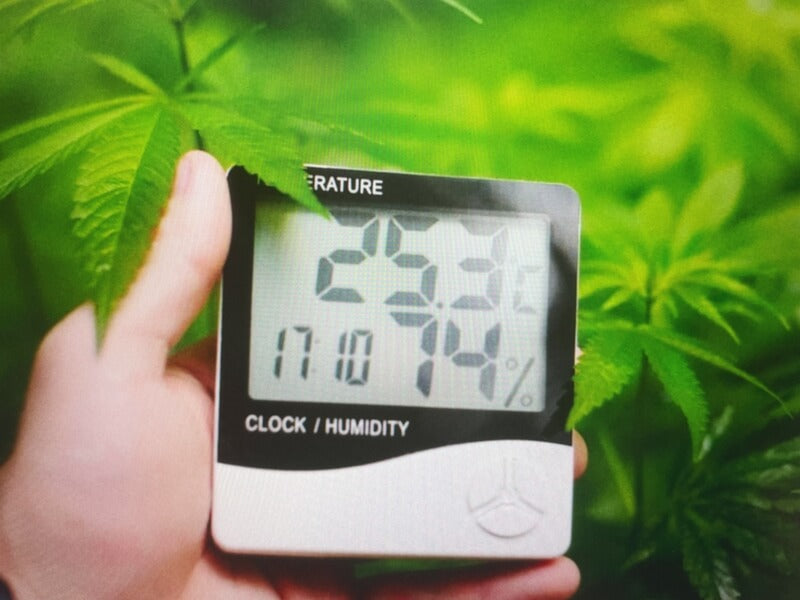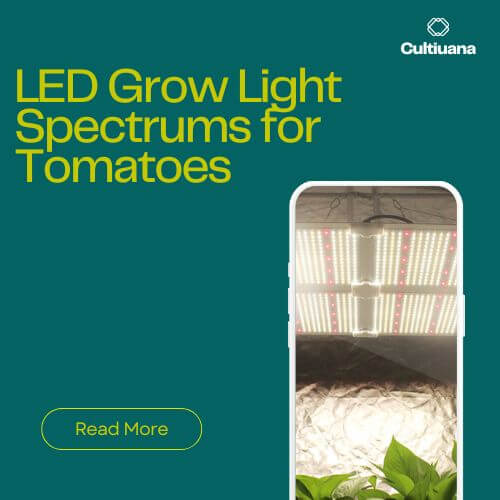
How To Control Humidity in Grow Tent
Some of our customers usually come to ask us a question: how to control humidity in grow tent?
Well, controlling humidity in grow tent can be done in a couple of ways.
If the air outside your tent is drier, you can lower humidity by boosting the air flow in your tent. You can do this by upgrading your ventilation system.
But remember to keep an eye on the temperature, you don’t want your plants to get too chilly.
On the flip side, if you want to increase humidity, you can use a humidifier. These gadgets work by spraying tiny droplets of water into the air, increasing the moisture level.
There are many types of humidifiers out there. The more costly ultrasonic ones emit a cool, fine mist, unlike the larger droplets from impeller-style units.
So, picking the right humidifier can help control the humidity in your grow tent efficiently.
Below is a breakdown of ideal levels during each growing stage:
| Stage | Relative Humidity | Day Temperature | Night Temperature |
|---|---|---|---|
| Clones | 60–80% | 21–29°C | 21–29°C |
| Seedling stage | 65–70% | 25°C | 21°C |
| Vegetative stage | 40–60% | 22–28°C | 18–24°C |
| Early flowering | 40–50% | 20–26°C | 20–26°C |
| Late flowering | 30–40% | 18–24°C | 16–20°C |

Too Humid
Humidity is just as key as temperature for a successful garden. People often wonder how much humidity their plants create.
The answer is easy - since plants let out up to 97% of the water they take in, you can assume they let out all the water they’re given. So, always plan for the highest amount, not the lowest.
If your garden is too humid, it can attract fungus and mold that could ruin your crops. Fungus is tricky to get rid of and spreads fast, so every hour counts.
Plus, when there’s too much humidity, the plants might struggle to release water. What counts as “too humid” changes with each stage of the plant’s life and growth.
If you want to lower the humidity, try these tips:
Dehumidifiers can help control humidity. They work by blowing air over cold plates or coils. This turns the moisture in the air into water that can be collected or drained away.
If your garden is too warm, chose a water-cooled dehumidifier rather than a “heat pump” one. These models work by blowing air at room temperature over a coil cooled by cold water flowing through it.
Professional HVAC experts should install dehumidifiers for large-scale growing. They will choose the right size based on the space and how much water needs to be removed from the air.
For individual growers using a sealed tent, if the outside air is drier than inside, you can increase air movement in your growing space by improving your ventilation system. But be careful not to make the area too cold.
Air conditioners can also help as they reduce moisture while cooling the air. This could be helpful if your garden is too warm.
Just make sure you have a plan to get rid of the water from the air conditioner, as it can be acidic or have metal in it. Some bigger models let you reuse the water, so check with the manufacturer.
Too Dry
Just as too much moisture can harm some plants, too little can also cause damage. The plants protect themselves by closing their pores, which hinders growth.
This dryness issue is often seen with HID lights, which produce more heat than LEDs. It seems that plants grown under LEDs can handle a wider range of humidity, but more studies are needed.
If you need to increase humidity, here are some tips:
Big growing operations use dry fogging systems. These work by forcing water out through a nozzle using compressed air, creating a mist that evaporates before landing on any surfaces.
For those using a growing tent, humidifiers can help. They release tiny water droplets into the air. High-end ultrasonic models emit a cool, fine mist, unlike the larger droplets produced by cheaper impeller models.
When it comes to humidifiers, you get what you pay for. Ultrasonic models might cost more and need very clean water, but they can increase humidity more effectively than impeller models, and they don’t leave puddles.




